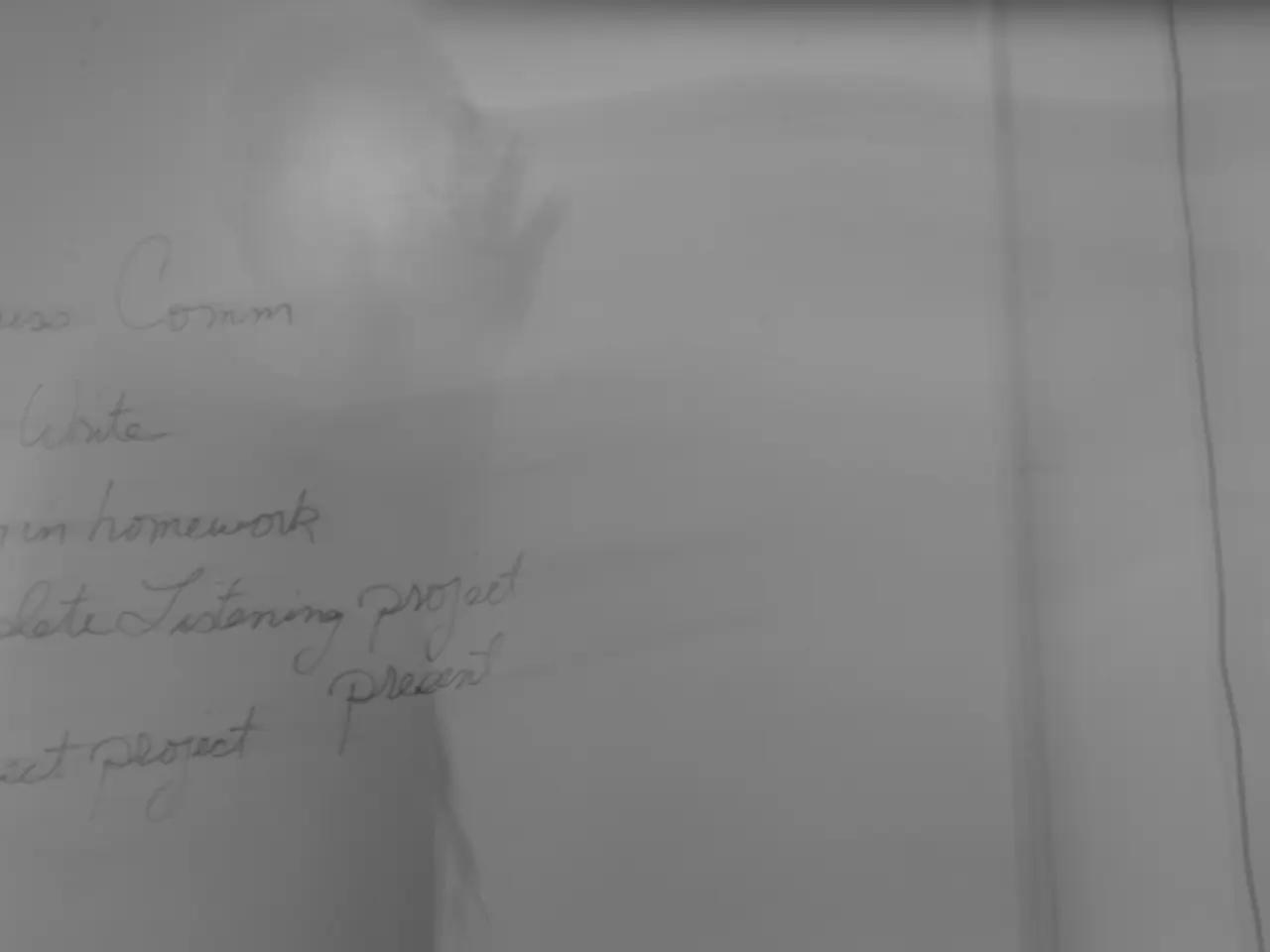Trump Announces New Tariffs Set to Commence This Week, Reciprocally
New Reciprocal Tariff Rates Announced in July Executive Order
On July 31, 2025, President Trump issued an executive order detailing revised reciprocal tariff rates for individual countries, affecting over 60 trading partners. The new rates took effect on August 7, 2025, following a one-week delay from the initial August 1 planned date.
The executive order, titled “Further Modifying the Reciprocal Tariff Rates,” adjusted rates based on bilateral trade negotiations and alignment with U.S. economic and security interests.
Key highlights of the July 31 order compared to the April 2, 2025 order include:
- The baseline global tariff rate remains at 10%, applying to countries not individually listed.
- Certain countries saw increased tariff rates up to 41%, reflecting unresolved trade imbalances or policy concerns. For example, Canada, India, and Brazil experienced sharp increases.
- The United Kingdom secured the lowest rate—10%, matching the baseline reciprocal tariff.
- The European Union has a two-tiered structure: for goods with existing U.S. tariff rates above 15%, the reciprocal rate is zero; those below 15% face an effective rate bringing the total to 15%.
- Some countries saw tariff rates increase by up to 8% (e.g., Switzerland, Costa Rica, New Zealand), while others saw rate decreases by as much as 35%, predominantly for nations with limited trade.
- The July 31 EO builds upon and modifies the initial April 2 EO (Executive Order 14257) that first imposed a baseline 10% tariff starting April 5, 2025, plus later delayed reciprocal tariffs. The April 2 order established the framework targeting U.S. trade deficits as a national security threat.
In summary, the July 31 executive order significantly refined and rebalanced the reciprocal tariff schedule by country, increasing some rates to as high as 41%, setting minimum rates of 15% for many listed countries (except for those with agreements), and maintaining a 10% baseline tariff for others. This contrasts with the April 2 order’s more uniform 10% baseline and a delayed rollout of country-specific tariffs.
The new tariff rates, listed in Annex I to the Order, range between 10 and 41%. Notably, Brazil will be subject to an additional 40% tariff rate, effective as of August 6, 2025. The European Union is the only U.S. trading partner that does not have a flat rate; goods from the EU with a Column 1 duty rate of less than 15% will be subject to a 15% tariff.
The new executive order also includes a section regarding transshipment, stating that any article CBP determines has been transshipped to evade the reciprocal tariffs shall be subject to an additional duty of 40%. WilmerHale is closely monitoring developments with respect to the reciprocal tariff regime and is prepared to advise clients on how to navigate and mitigate the effects of these tariffs. The status of countries that have not struck deals with the Administration remains fluid.
- The changes in the July 31 executive order, titled "Further Modifying the Reciprocal Tariff Rates," have resulted in various business sectors facing different finance implications due to altered tariff rates for individual countries, impacting over 60 trading partners.
- In light of the new tariff rates, politicians and policymakers are being forced to reconsider their general-news agendas, particularly concerning the impact of trade politics on the economy, as some industries brace for increased financial burdens while others anticipate possible competitive advantages.




